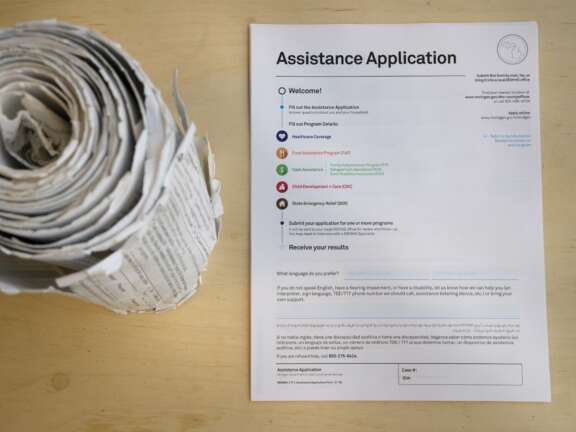
Project Re:form
Removing barriers to benefits by transforming the longest assistance application in America
background
Michigan’s benefits application process was so complicated that it was failing residents and government workers alike
context
the public benefits system helps 25% of all americans
In Michigan, the Department of Health and Human Services (MDHHS) administers the state’s largest benefit programs. These programs support 2.5 million residents each year – providing healthcare, food assistance, child care, cash assistance, and emergency relief for low-income families.

the challenge
a complex application process discouraged applicants and slowed down frontline staff
The entry point to Michigan's public benefit system was an application that was over 40 pages long. With over a thousand questions and more than 18,000 words, it was the longest application of its kind in the United States.
The legacy application
Institutional design and dozens of pages demanded significant time and mental energy from both applicants and staff.
Invasive questions, such as 'what is the date of conception of your children', left applicants feeling disrespected and distrustful.

Convinced there was a better way, we set out with MDHHS to redesign the experience of applying for public benefits

research
we met with local residents and government staff to hear their stories about navigating the system
the research process
The team began by spending hundreds of hours in conversations
By sitting side-by-side at kitchen tables, in living rooms, and in MDHHS offices we listened to the people who were most impacted by the application. Months of fieldwork enabled our team to develop a nuanced understanding of the experiences of both residents and frontline staff.
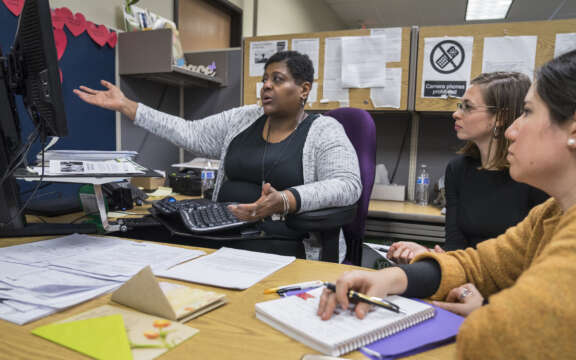
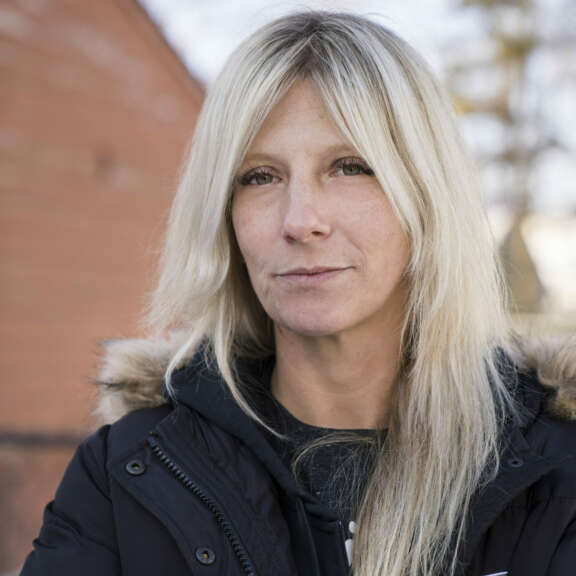
Applicant needs
For applicants, the process felt dehumanizing
People described feeling like they were interacting with a fraud prevention system, rather than working with a service provider. Many didn't trust the system, sensing an adversarial and unequal power dynamic. As a result, people relied on friends, family, neighbors, and other informal support networks to navigate the process.
I felt like a number rather than a human with a complex story to tell. I was dropped into a system with no sense for where I was, where I was going, and the clear steps I needed to take to succeed.
— Benefits recipient, Michigan
frontline staff needs
caseworkers had to choose paper over people
The volume and velocity of their jobs made it difficult to give each case the attention that was needed. Caseworkers were expected to handle cases for hundreds of Michiganders at once. People who took the job to make a positive difference in their communities found themselves spending the majority of their time doing data entry. This was leading to burnout among staff, who felt overwhelmed and undervalued.
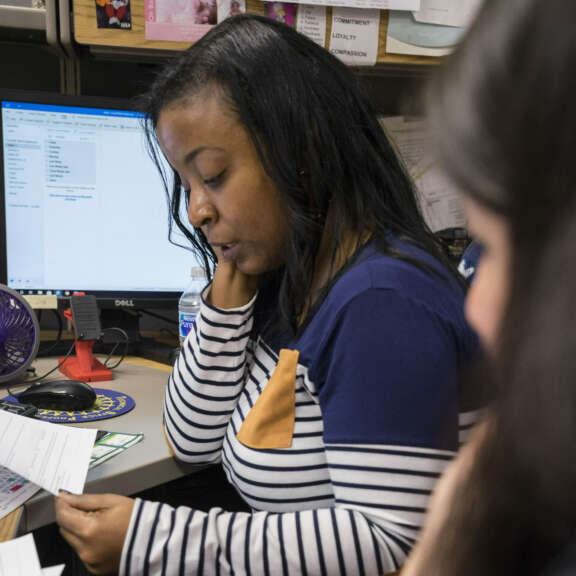
The old application is cumbersome and time consuming. It makes me collect so much information that it’s painful to even get to the human story.
— Caseworker, Michigan Department of Health and Human Services
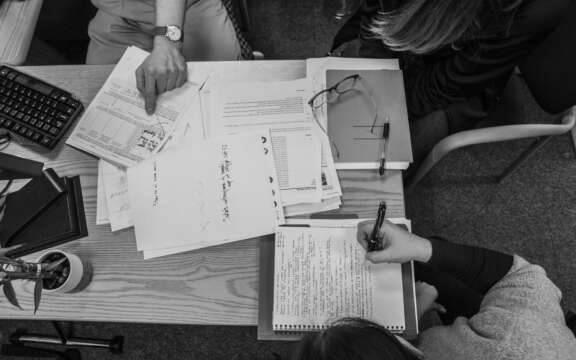
design
civilla channelled user insights to design a new benefits application that’s as short, simple, and relevant as possible
designing with people in mind
In partnership with MDHHS, Civilla created a streamlined application from the ground up
We designed it from the perspective of residents and caseworkers, while also honoring policy requirements and existing business processes. The new application would be easy to complete, fast to process, and beautiful to look at. By reimagining this central touchpoint through the eyes of its most frequent users, Civilla set out to design a system that worked better for everyone.
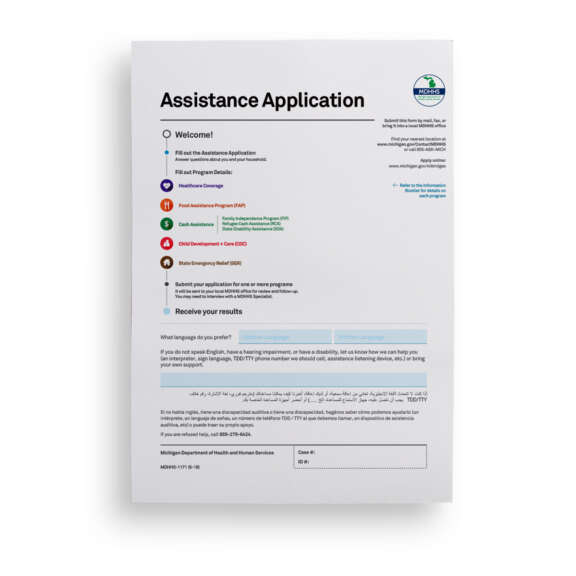
core application+
The new application integrates five programs into a single point of entry. A core application contains information that is required across all or most programs. It is designed to be filled out by every applicant regardless of which program they are requesting.program details+
Supplements contain information that is only required by individual programs. For residents, this ensures that they are only asked to fill out information that is relevant to their specific needs.interview guide+
A standardized interview guide is designed to pair with the application. It contains detailed questions that enable caseworkers to handle more complex cases during the interview.information booklet+
An information booklet contains program information and legal text. It's designed to be a take-away that applicants can keep and reference over time.
after extensive field testing, the final result was a modular application that provided a single point of entry for residents applying for Michigan’s five largest benefit programs
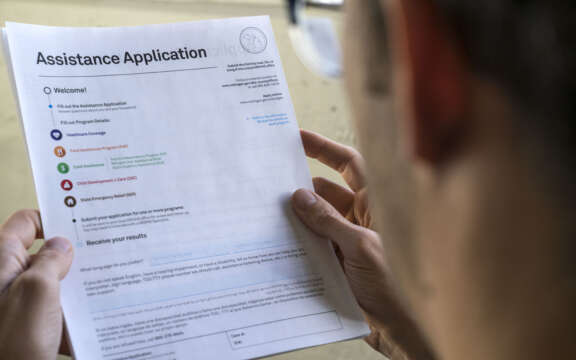
pilot
MDHHS and civilla launched a pilot program to test the new application in two field offices across michigan
test-driving the new application
The purpose of the pilot was to gather feedback on the new application’s design and fully measured its benefits
The results during the pilot were positive. Residents embraced the new application, reporting that they could complete the application more quickly, more confidently, and more independently. For frontline staff, the new design resulted in more complete and accurate applications - which decreased processing times significantly.
After filling out the new application I feel like I can breathe again. The old application would have taken me a whole day. This one was more understandable and less stressful - it asks you the questions but with respect.
— Resident, Michigan
90%
90%
96%
75%
42%
The new application feels sharp – I can find what I am looking for. It's easier to navigate. People are coming to me with a different tone. They said it felt like the application was more caring.
— Caseworker, Michigan Department of Health and Human Services
the pilot proved that a human-centered application could greatly reduce the burden on michigan’s public benefit system while improving the experience for millions of residents
Implementation
based on the pilot’s findings, michigan’s leaders made the decision to roll out the new application statewide
scaling statewide
Traditional roll-outs arrive on desks and inboxes as a top-down mandate, but Civilla developed an implementation process that was fully human-centered
We worked closely with MDHHS to create a plan for putting people first as the new application rolled out across Michigan.
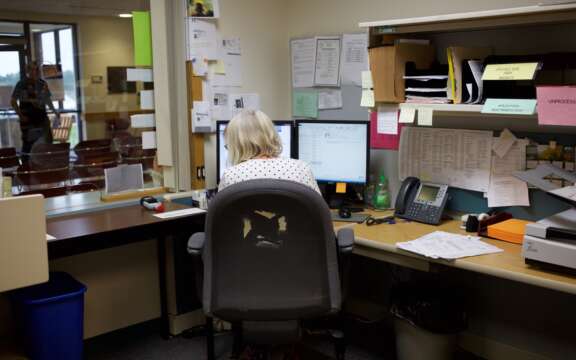
the weight of policy requirements
Our team dug into 1,700 pages of policy requirements to ensure the new application met legal standards while remaining easy for people to understand
We secured Federal approval by the two relevant government agencies: The U.S. Department of Health and Human Service's Centers for Medicare & Medicaid Services (CMS) and U.S. Department of Agriculture's Food and Nutritional Service (FNS).

immersive training
it was essential to ensure that staff felt engaged and prepared for the changes ahead
Rather than defaulting to webinars, Civilla committed to designing a training program that represented the human-centered spirit of the project. We worked with MDHHS' training office to roll out in-person training for more than 5,000 state workers across 100+ offices in just two months. Our inclusive implementation was centered around a peer-to-peer training model.
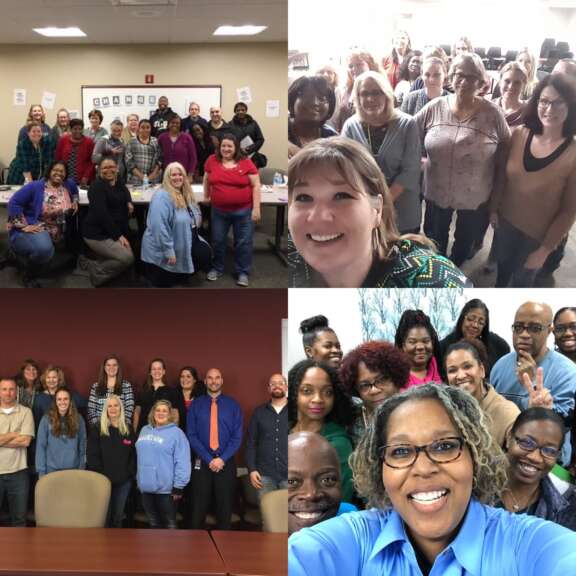
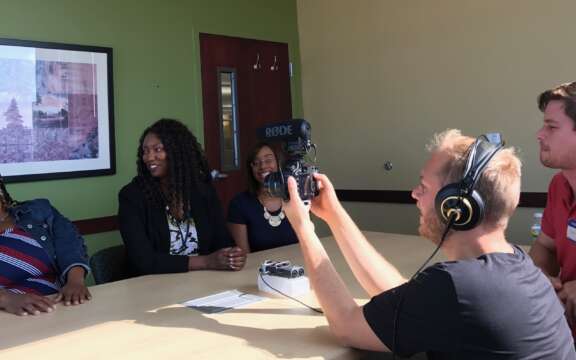
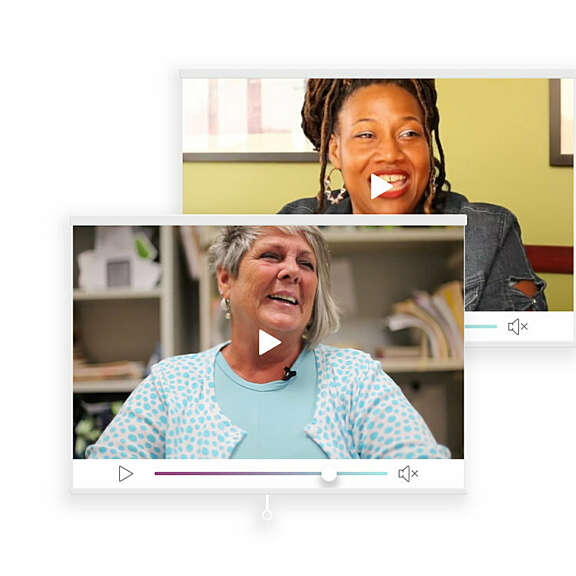

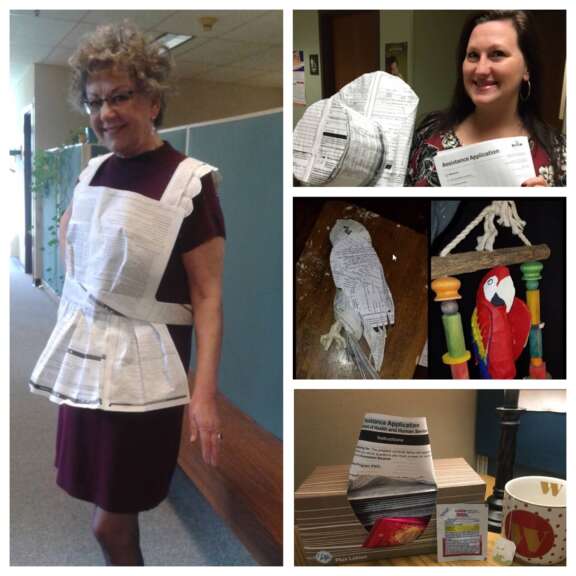

"Staff are usually not receptive to change but this was different. We had people in the office that weren't open minded at the beginning. By the end, they were fully on board and believed this was good thing."
– District Manager, Michigan Department of Health and Human Services
community engagement
Civilla designed an in-depth communication strategy to build buy-in and engage a wide audience of stakeholders
This included frontline staff, legislators, union leaders, community partner organizations, advocacy groups, and state agencies. We left traditional memos behind in favor of building an immersive exhibit in Michigan’s capitol city instead. Our team walked hundreds of stakeholders through the story of the new benefits process. By facilitating conversations in small groups, we earned buy-in and gained valuable input.


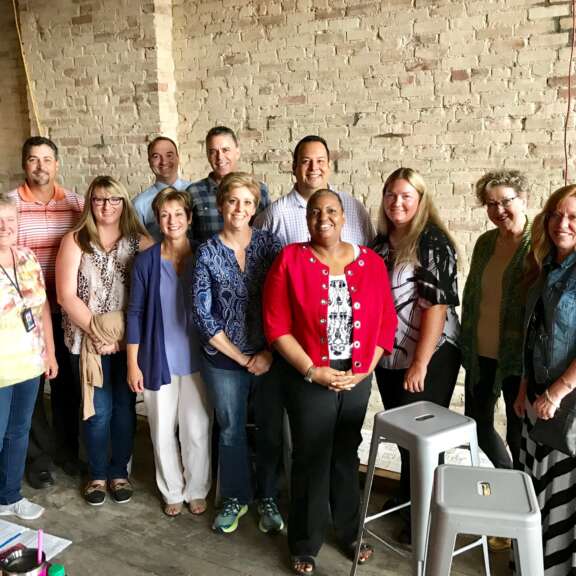
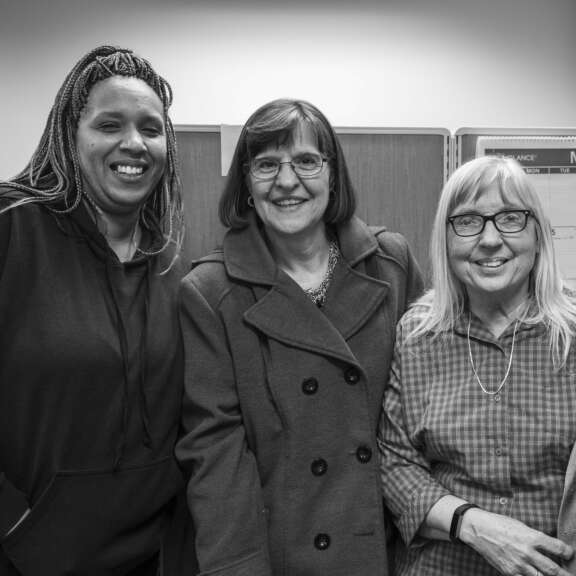
"I have been involved with many initiatives within the State of Michigan over the years. I haven’t ever experienced the way this initiative is being communicated. you didn’t just tell us — you involved us.”
– Caseworker, Michigan Department of Health and Human Services
conclusion
the new application rolled out statewide without a hitch and continues to be used by over two million residents each year
success sparked broader change
Since its statewide implementation, the new application has measurably reduced MDHHS’ operational burden while improving experiences for millions of residents
It’s laid the groundwork for deeper improvements across MDHHS in policy, technology, and business processes.
Harvard University recognized the work as one of the top 25 innovations in American government. It received two Core 77 Design Awards in 2019 and a Gold Award in Design for Society by International Design Awards (IDA).
The cost savings [of our work with Civilla] is an added benefit…this is about coming together as a department to do the right thing in how we serve people.
— Geralyn Lasher, Former Director of Communications, Michigan Department of Health and Human Services
